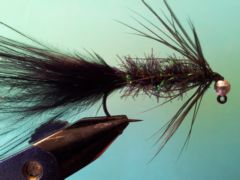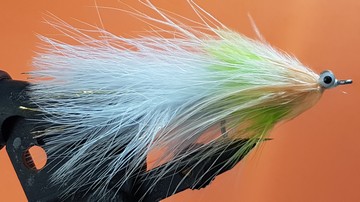Posts Tagged ‘Bass’
{{start}}
{{end}}
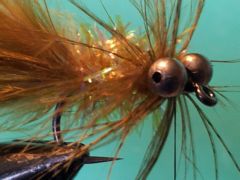
{{+1}}Double eyed, soft hackle dog nobbler{{-1}}
{{start}}
At the same time the woolly bugger was evolving in the US in England a similar fly that became known as a dog nobbler was also evolving. Dog nobbler flies were heavily weighted for use in deeper water, were generally not palmered with a hackle and often were tied with bead chain eyes.{{end}}

{{+1}}Bass teaser{{-1}}
{{start}}
If you make the hook light enough and the wing long enough this fly swims hook point up making it quite snag resistant. It swims well and when fished with a twitching movement on either dry or sinking lines it has plenty of movement and of course being relatively compact it's not a fly that will result in a lot of short takes.{{end}}
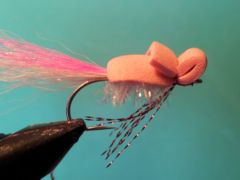
{{+1}}Gartside gurgler{{-1}}
{{start}}
Fishing with a gurgler can be very exciting because you often see the fish behind the fly just before it strikes. With fairly subtle changes you can vary this fly to fit a wide range of surface fishing situations.{{end}}
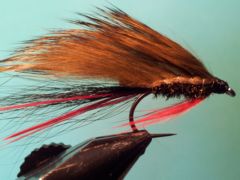
{{+1}}Bass special – Chatto’s original{{-1}}
{{start}}
It's no surprise therefor that I have a cousin to my trout bag , perhaps with a little influence from the yeti fly, in my bass fly box. Unlike the trout bag fly I seldom fish this fly as a single fly but find that if fished fished on a dropper about 1.2 meters above one of my preferred point flies it works like a dream.{{end}}
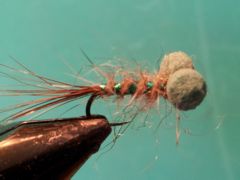
{{+1}}Hares ear booby{{-1}}
{{start}}
This is a nifty little fly that merges the hares ear nymph and the traditional booby both very high pedigree flies into one very useful loch fly. It also has a bit of flash about it which helps the fly fill an important role in my fly box for an attractor fly to use on my middle dropper when I loch style fish fish just before, through and after the trout spawning season.{{end}}
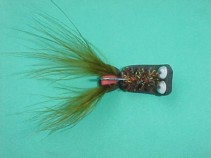
{{+1}}Wiggle frog – Chatto’s original{{-1}}
{{start}}
You can fish this fly on an intermediate or faster sinking line but my preference is to fish it on a floating line so that it swims just below the surface. On a floating line the best technique for fishing the fly is to give it one or two short strips and then rest it for a moment whilst it comes back to the surface. Rest it there for a few more seconds and then repeat the process.{{end}}

{{+1}}Tea tree beetle – variant 1{{-1}}
{{start}}
One species that is a popular food source for trout is the tea tree beetle. This representation is tied in shades of black and brown colours that have stood the test of time. Many of the recipes you see use brown raffia as the wing case. I don't like raffia as a fly tying material and have substituted a hackle from the back of the ring neck pheasant. Its a similar colour to many of the recipes that have come before mine but its much more durable than the raffia.{{end}}
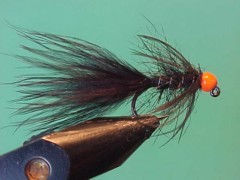
{{+1}}River Jig Bugger – CDC orange TBH and black{{-1}}
{{start}}
This is really good representation of a woolly bugger for river fishing. It sinks well and the jig hook encourages the fly to bounce along the bottom hook point up which of course mitigates snags. Whilst I have set the recipe out below for the brown, black and olive jig buggers I also tie my sparkle bugger and skirted buggers in the form of a jig bugger as shown in the photos below.{{end}}














